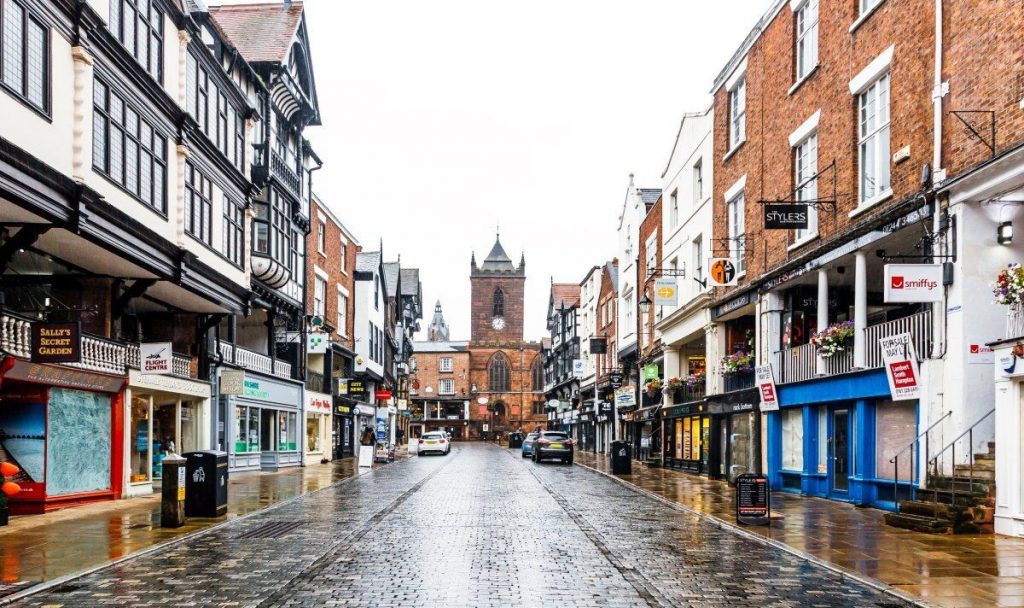
Only 17 percent currently do the majority of their shopping from smaller, local businesses and establishments – with 43 percent admitting to using their high street just once a month or less.
However, the study of 2,000 adults also found 74 percent are sad about the decline of the local high street, and 78 percent want to see its resurgence.
The research was commissioned by Tyl by NatWest, which is a new payments provider for SMEs and micro businesses.
In a bid to stimulate the return of their high street, 41 per cent of those who currently shop with larger chains, would switch to shopping locally.
And of those with a high street, 58 percent would be more inclined to shop there if they offered rewards or loyalty schemes.
CEO, Mike Elliff, said: “There are still many fantastic high streets to be found in Britain, but there are also many factors eroding our use of them on a regular basis.
“This research also shows the popularity of the food and drink industry, taking the majority of the top ten voted-for shops.
“Making up the backbone of a perfect high street, business owners have the opportunity to improve sales, and really grab a slice of the high street action.
“Having great local businesses on our doorstep is something Brits really appreciate, and it would be a shame to see the high street continue its decline in the wake of the online shopping boom and the effects of the pandemic.
“With the cost of trading and an impending recession, it’s important that we support our local shops as much as possible.”
The study also found 31 percent of those polled have noticed a significant decline on their high street in recent years, including more vacant shops and vandalism – with 34 percent saying that visiting such areas makes them feel sad or depressed.
Over half (55 percent) feel guilty for not making use of the local businesses available to them, opting for bigger supermarkets and chains instead.
However, 26 percent are concerned about the costs associated with moving away from buying their goods at larger chain stores.
Charity and pound stores have become more prevalent, with an average of four of these cropping up on a typical British high street, the OnePoll study found.
Online shopping was identified as one of the primary reasons for the decline, with 37 percent believing changing shopping habits have impacted bricks-and-mortar business negatively.
And 18 percent believe the increase in the cost of trading is behind the decline, while 17 percent blame it on the impact of the COVID-19 lockdown.
Conversely, 41 percent believe lockdown and being stuck at home gave them a greater appreciation for the shops and services available to them on their doorstep.
As a result of these negative factors, nearly half (49 percent) have noticed one or more of their favourite shops on the high street shutting down for good.
However, despite the low usage of the nation’s high streets, 49 percent believe their local high street ticks all the boxes for their needs.
Mike Elliff, for NatWest, added: “This study on the perfect high street has revealed a romantic notion around the shops and businesses we still have right on our doorstep.
“We would encourage Brits to cut down on this reminiscing, and instead venture out onto the high street and discover their next favourite local store – it may be just around the corner.
“Make the high street the bread and butter of your local community again.”

 Latest Breaking News Online News Portal
Latest Breaking News Online News Portal




